lead image: FOTOSOL
The NORRA Mexican 1000 Off Road Rally is a lot of things to a lot of people. Tacos, racing, incredible scenery, vintage race cars, friendships, getting off the grid – it’s all that and a lot more. For about a week, it’s time to leave the regular world behind and immerse yourself in an experience something very few other people ever get to try.
The Ford Bronco is a key player in the history of desert racing and since NORRA has a distinctly vintage vibe compared to other racing organizations, Broncos have always had a starring role in the Mexican 1000. The 2022 event, however, took Broncos to a whole new level.
There was history. The big news, of course, was that Big Oly was coming back to Baja – for the first time since 1974, with a new owner and a fresh prep beneath its vintage flanks. This news alone brought fans out to see the iconic truck up close and personal.
Colorado racer Sol Saltzman conspired with Wayne Schmeeckle, Andrew Norton, and others to bring out a series of race vehicles associated with long-time Bronco race team owner Bill Stroppe. Alongside Oly, Norton’s Stroppe ‘Colt’ Bronco made its return to Baja flanked by the Kaysinger Racing/Baja Broncos Unlimited Stroppe racer, one of Schmeeckle’s numerous Stroppe Baja Broncos, and the Stroppe ‘catalog chassis’; a rolling Bronco chassis with all the Stroppe Bronco parts added to it many years ago by Willie Stroppe as a project when he was in high school. The Stroppe display proved to be very popular with fans and racers alike during tech and contingency on Friday and Saturday, April 29 and 30, in downtown Ensenada.
Flanking the Stroppe-based Broncos were vintage Broncos of various shapes and sizes including early Bronco racers from veteran Baja teams like Greenwood Racing, Gaucho Marks Racing and the Caballo del Diablo team of Boyd Jaynes and Brian Godfrey – who have reigned over NORRA since its inception with more wins than any other Bronco team!
There was variety. Andrew Norton’s aforementioned 1968 ‘Colt’ Bronco was probably the oldest Bronco in attendance. On the opposite end of the spectrum, the 6th generation of Broncos was represented by Jim Loftin’s 2021 Bronco in the Safari Class and a brand new Wildtrak Bronco with the Hoss suspension package piloted by Ford engineers Jamie Groves and Seth Goslowski along with motorsports wunderkind Brad Lovell. With the exception of its rollcage and some safety gear, the Wildtrak Bronco was entirely stock.
There were also Broncos from every generation represented in the NORRA race and several of them combined bits and pieces of several generations. Don Hatch’s ‘Unicorn’ Bronco sports a narrowed Twin-Traction Beam front end adapted to an early Bronco chassis. A similar concept, on a larger scale, is represented in the Bronco raced by Dave Sykes and his Syko racing team. His truck combines a stretched and widened 1966 Bronco body sitting atop a 1991 Bronco frame – the best of both worlds – really, with the classic (albeit modified) early Bronco lines and the terrain
The Race Begins
The racing commenced on Sunday morning, May 1st, in Ensenada. The Safari Class, flush with new entries this year, left early in the morning, right after the motorcycles, and would stay off the race course all day for a more relaxing cruise. Of course, relaxed is a relative term. As Parnelli Jones once told us, “if I’m putting a helmet on, I’m racing”. This may have applied to the new owner and co-driver of Big Oly, as they unfortunately flipped the legendary race truck on its wing/roof just a short distance from the finish line in San Felipe. The Gaucho Marks team tangled with a power pole somewhere out on the race course and their race was over for the year.
Day 2’s race course took the race entries to the small fishing hamlet of Bahia de Los Angeles, or BOLA in racer shorthand. Silt was the order of the day for many entries although the Broncos all powered through thanks in no part to their 4WD systems. Accomodations and fuel in BOLA can also be a bit sparse at times, exacerbated by a persistent wind (noticeably absent this year). But the racers power through and get back on the course on day 3 – the longest day of the race at over 400 miles.
On Day 3, I noticed David Jones’ ’96 Bronco was taking a beating. This was Jones’ 3rd NORRA race and I remember his truck being very close to stock that first year. This year he had jettisoned the fiberglass top, added a full-floating rear axle and coilovers up front. By Day 3, his hood was gone and the whole front clip was shaking like a leaf – clearly Jones has been stepping up his game.
Some Broncos have raced NORRA under multiple ownership. This year, the McCrossan Racing Team brought their Bronco to the race for the first time under their ownership. The truck has raced in Baja previously under two different owners.
The route on Day 4 is a favorite with the racers as it involves a great run out of the town of Loreto through the mountains past the historic San Javier Mission before coming out to the flat farmloads near the town of Insurgentes. Racing south, the teams either head to the Pacific side for some runs close to the lapping waves of the ocean, or as they did this year – climb over a rugged mountain pass before being rewarded with views of the Sea of Cortez and a resulting run along its shores before finishing in the beautiful city of La Paz.
Some NORRA Bronco racers are fierce competitors – fighting tooth and nail for a strong finish in the duel down the peninsula. Others, like Paul and George Herman, cruise at a more reasonable pace, helping out fellow racers wherever they can.
La Paz is the traditional end of the Baja 1000 race when it travels down the peninsula. But NORRA takes it one step further and adds a shorter Day 5 race from La Paz to San Jose del Cabo, finishing at the southern tip of the Baja peninsula. Day 5 was a mix this year of a favorite route along cliffs overlooking the Pacific Ocean and racing through ranch and resort lands before finally rolling into Cabo. Big Oly once again rolled on Day 5 – reportedly due to a bovine encounter of some sort. In the true spirit of NORRA, the owner kept going and drove across the finish line in Cabo.
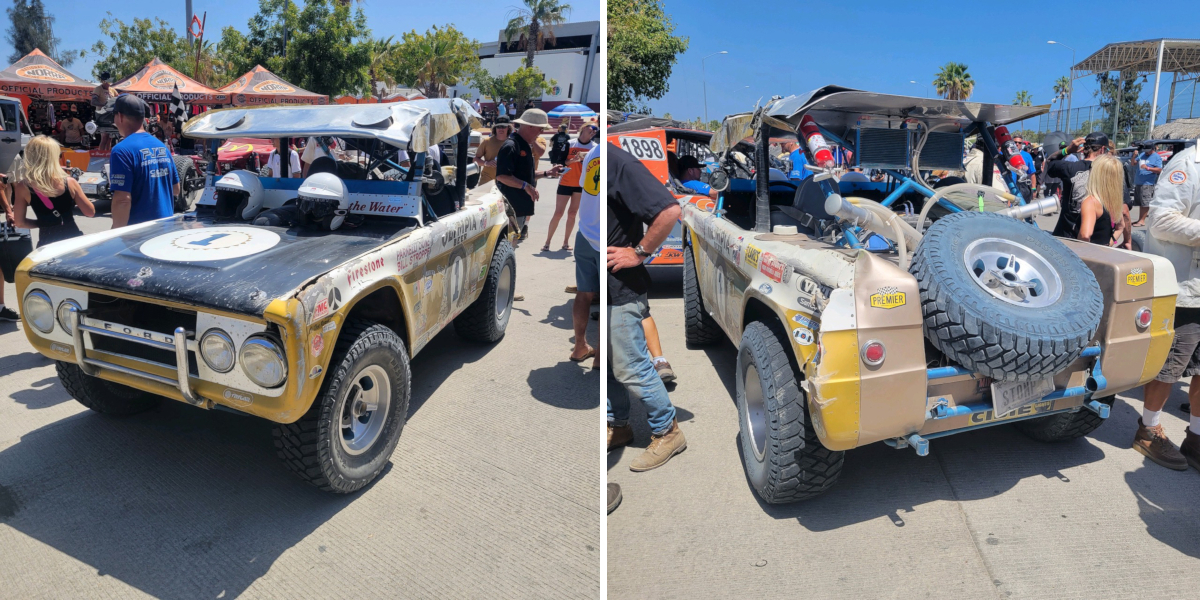
A Great End to the Week
The week-long racing experience is capped off with a huge party on Friday evening at one of the resorts in Cabo. Racers trade their driving suits and helmets for casual wear and an expansive spread of food and drink served on a beautiful beach next to the crashing waves of the Pacific Ocean. Awards are presented, stories are told, and memories are made and shared among the many competitors, their crews, families, and friends. A huge fireworks show caps off the evening and then it’s time to relax and perhaps think about how much fun they’ll have next year.
6th Gens: Ready to Race?
For 6th generation Bronco fans wanting to experience the NORRA 1000 for the first time, the Slow Baja Safari Class is highly recommended. Jim Loftin’s 2021 Bronco – a Base model with a spacer lift and take-off Sasquatch tires and wheels – completed the course without incident, and Jim was ecstatic when I interviewed him in La Paz after Day 4. He and his co-driver had a fantastic time and were looking forward to doing it again in the future. The Safari Class travels on portions of the racecourse but also covers a lot of terrain that the racers never see. This keeps the vehicles and drivers safe and able to see Baja at their own pace instead of the frantic nature of racing.
After the success and growth of the Safari Class this year, I expect interest and entries to grow in the coming years. I highly encourage all Bronco owners that might be interested to learn more about the event at www.norra.com.
Dave Sykes and his Syko racing team. Credit: FOTOSOL
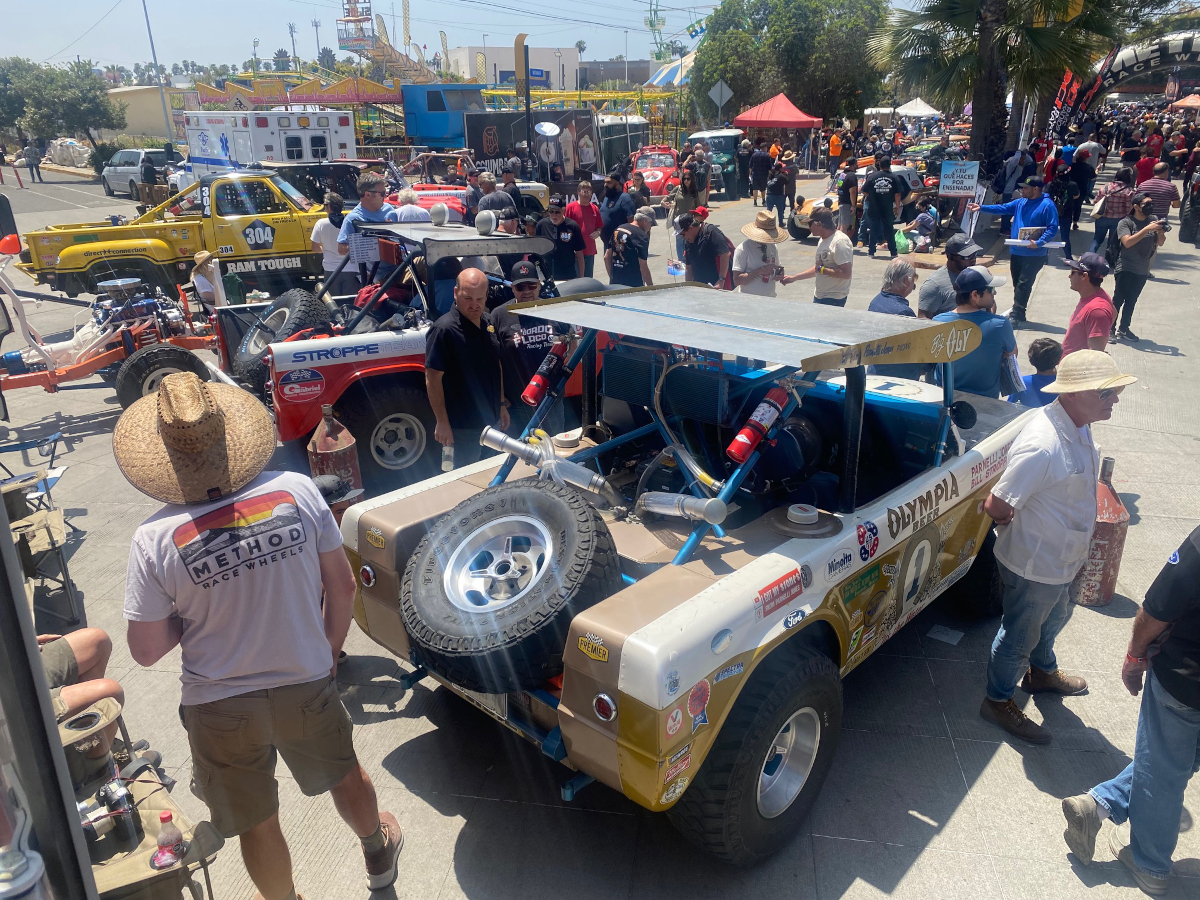
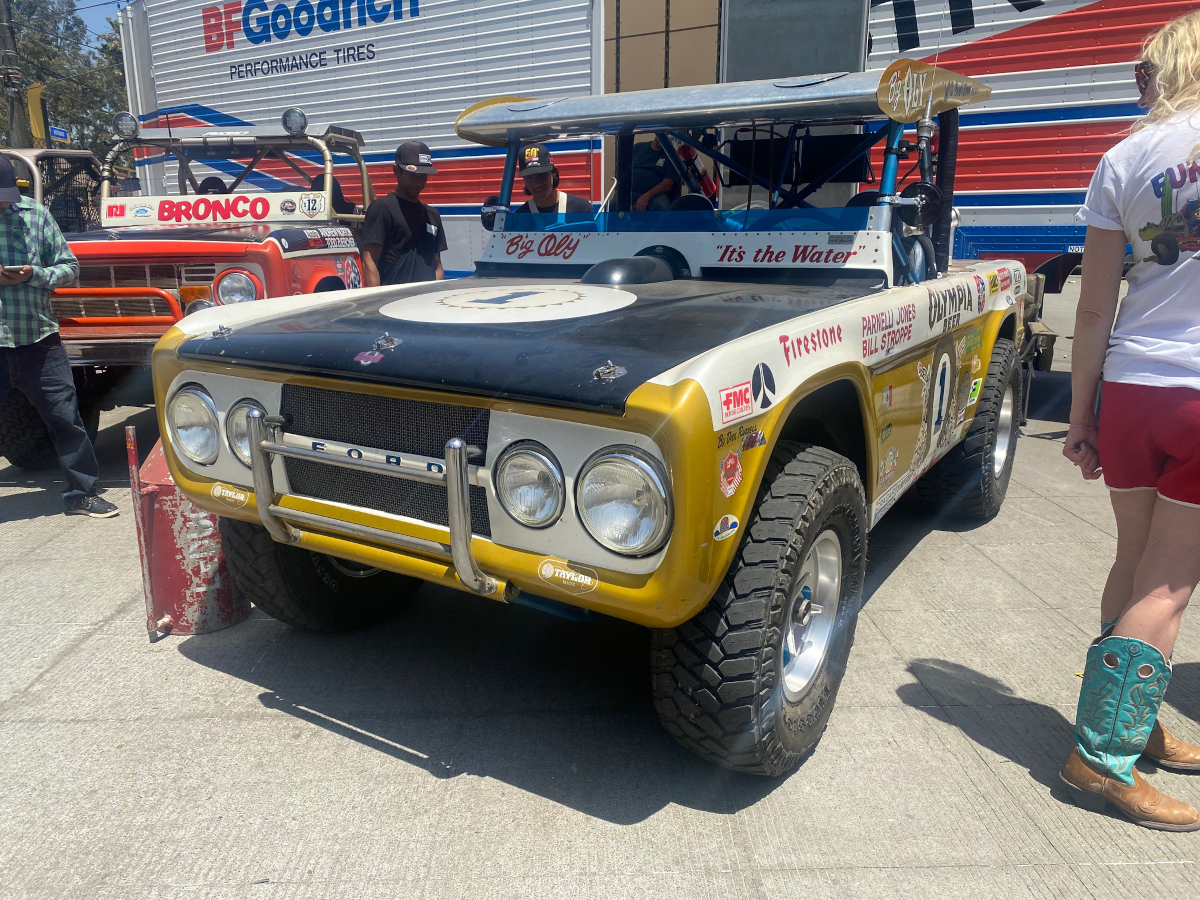
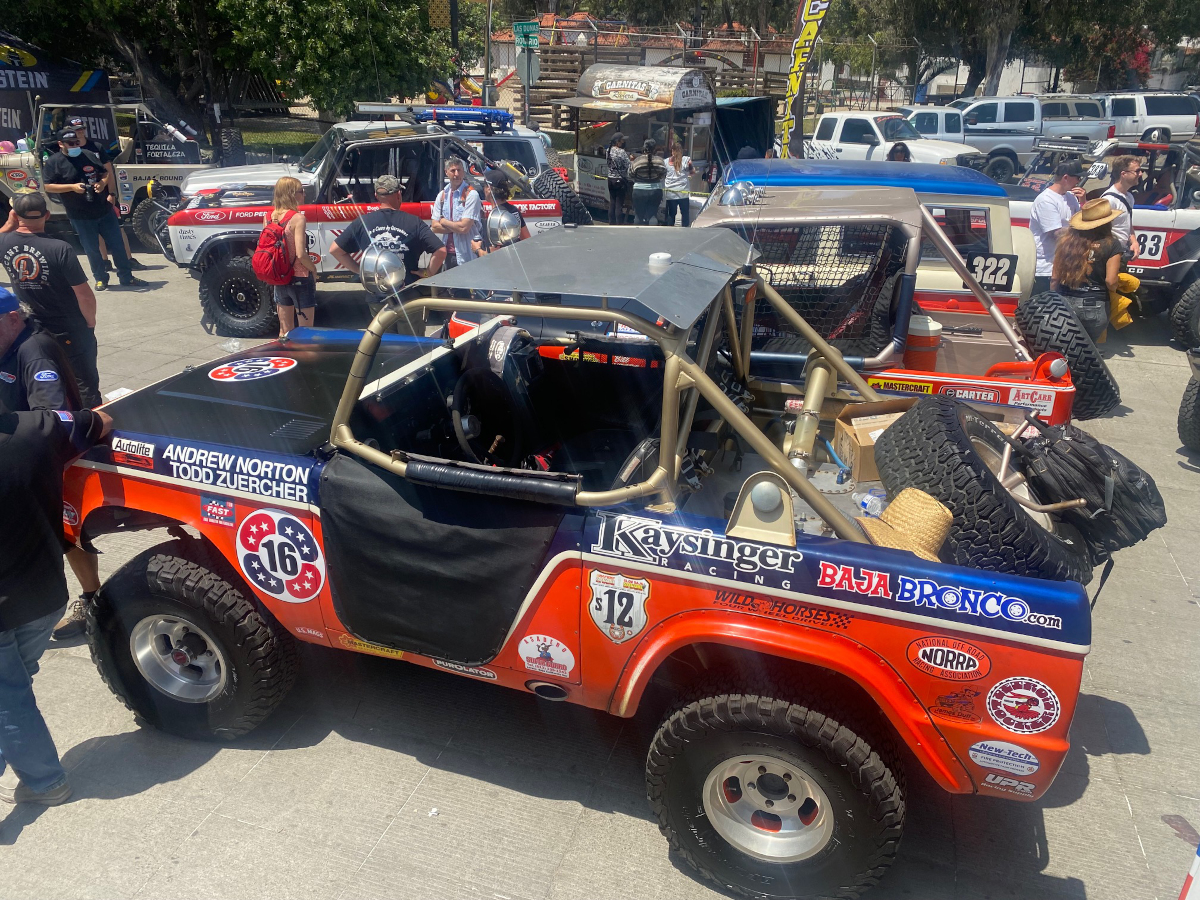
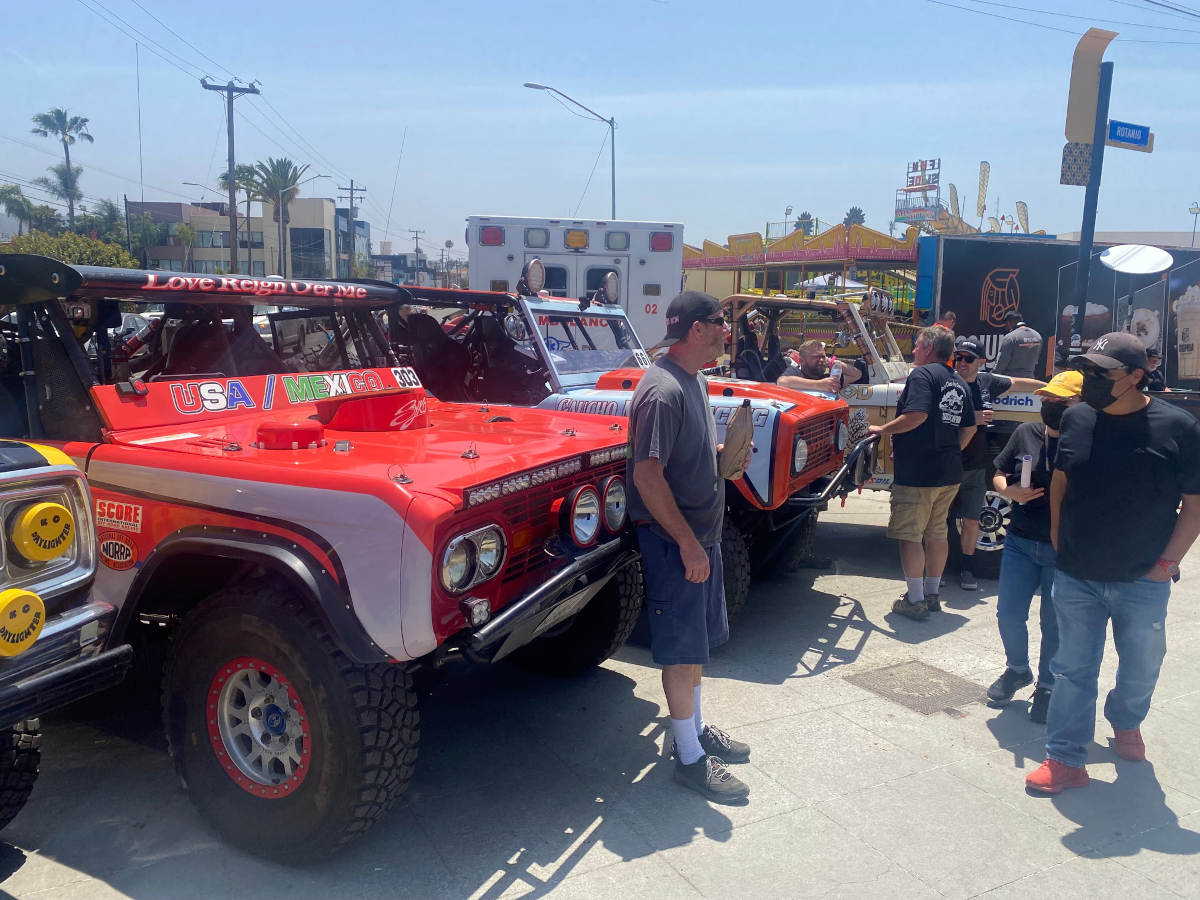
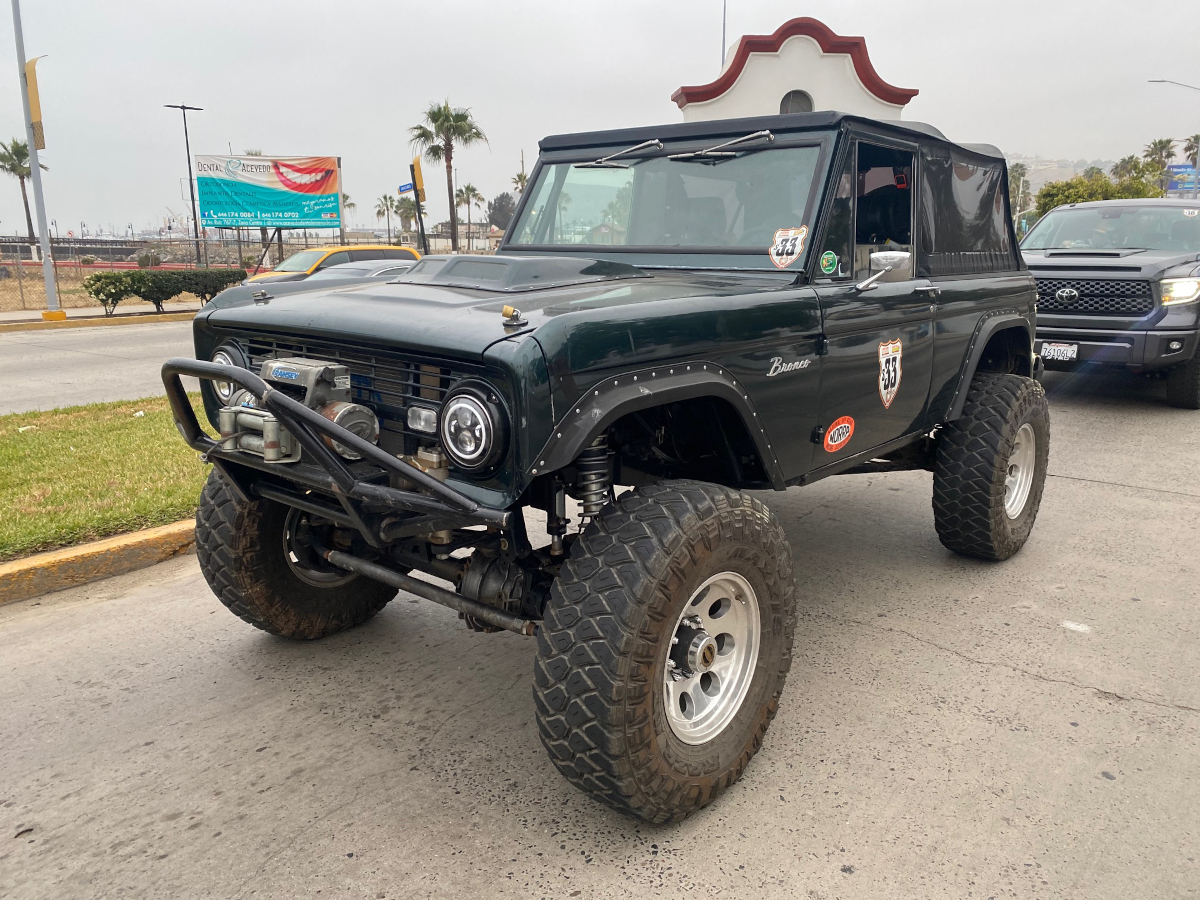
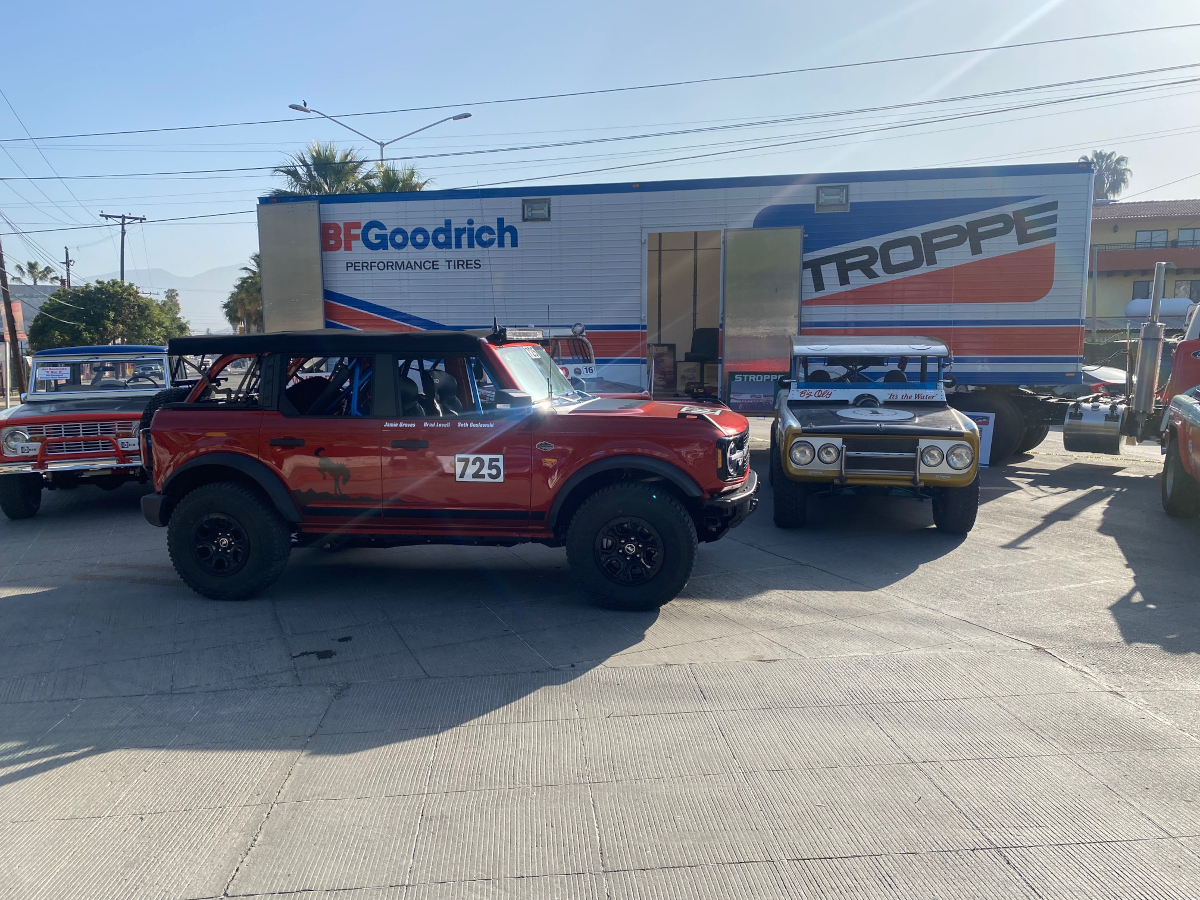
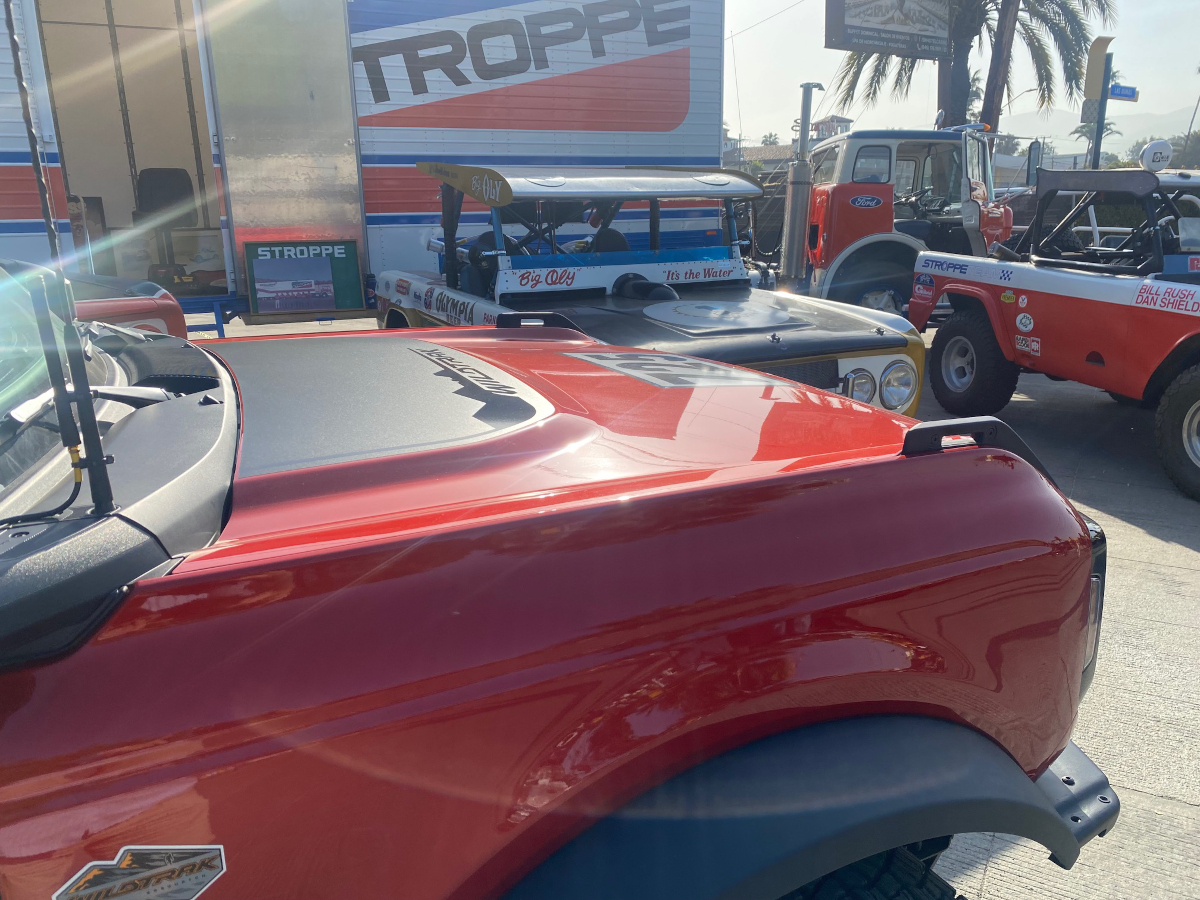
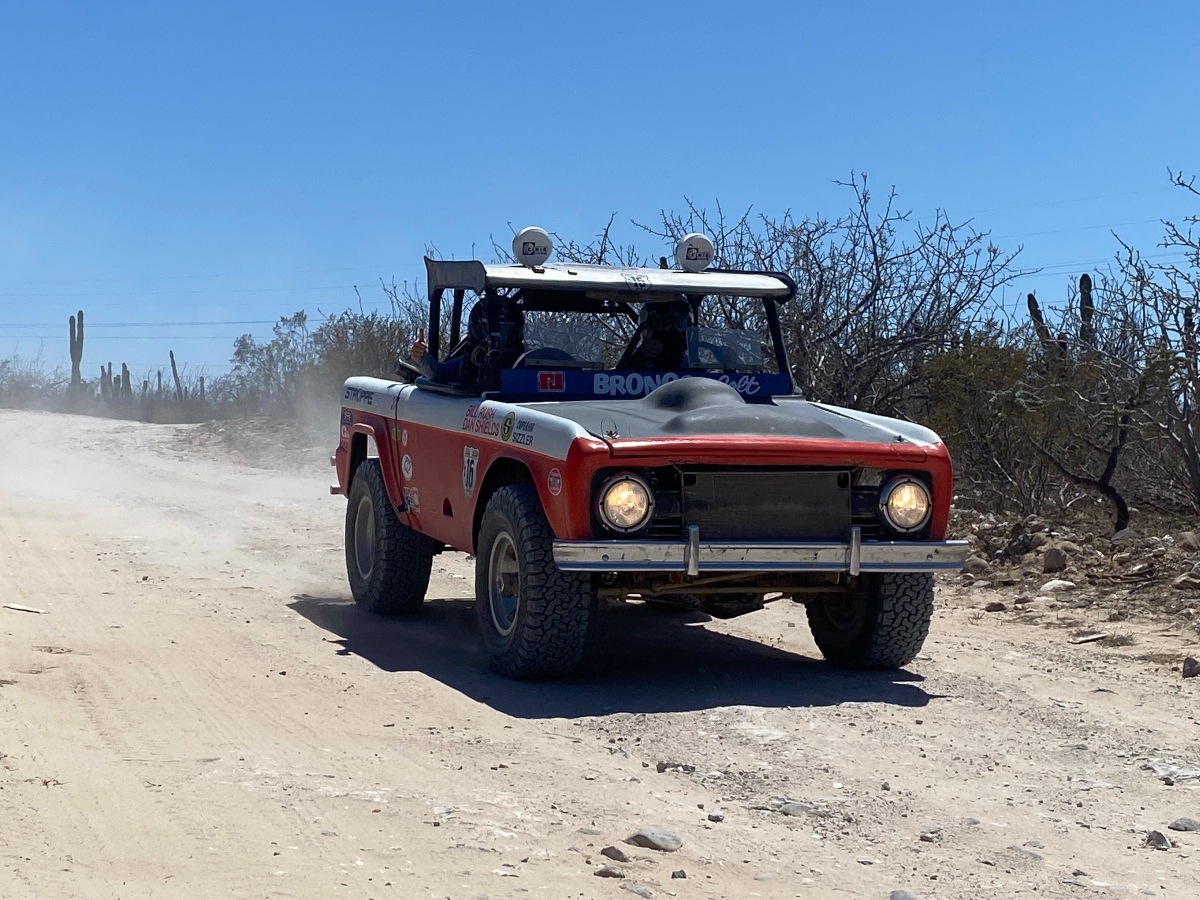
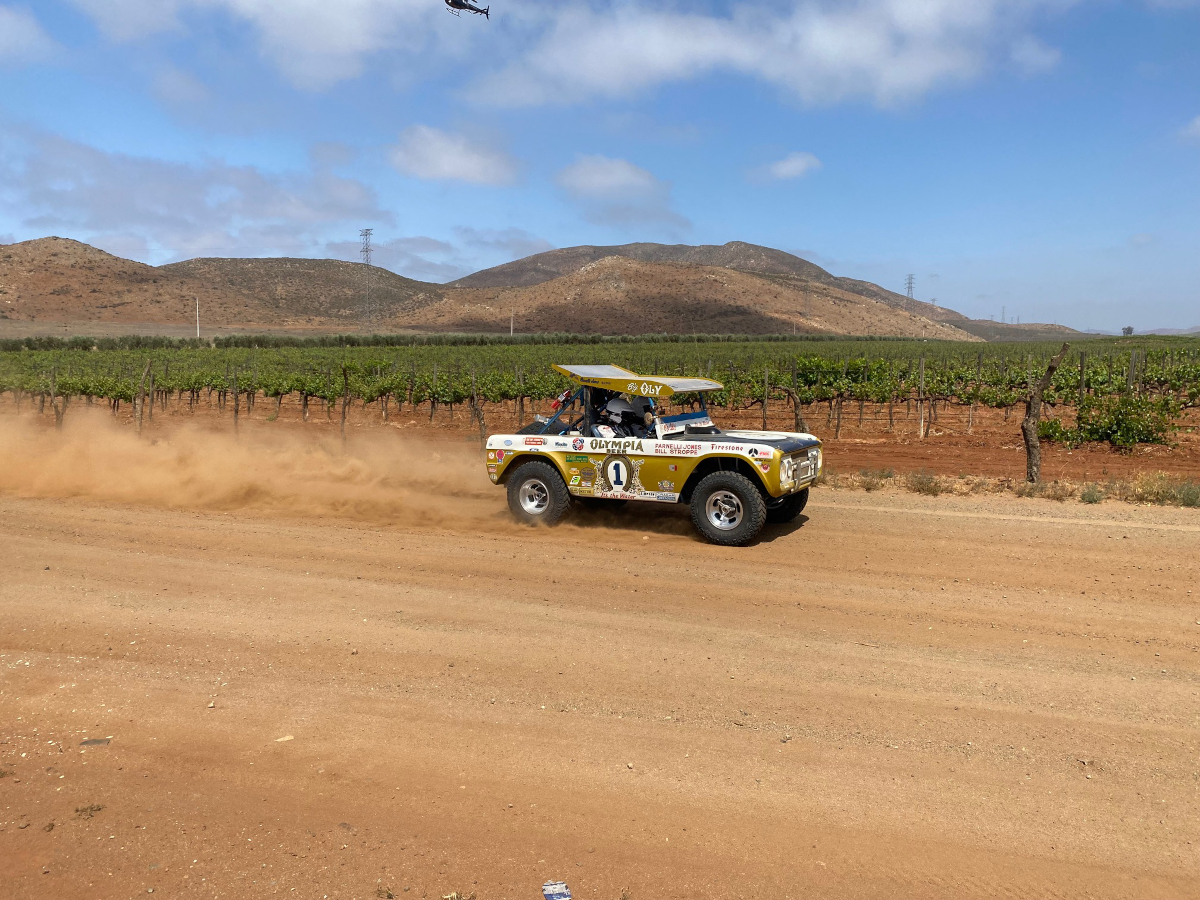
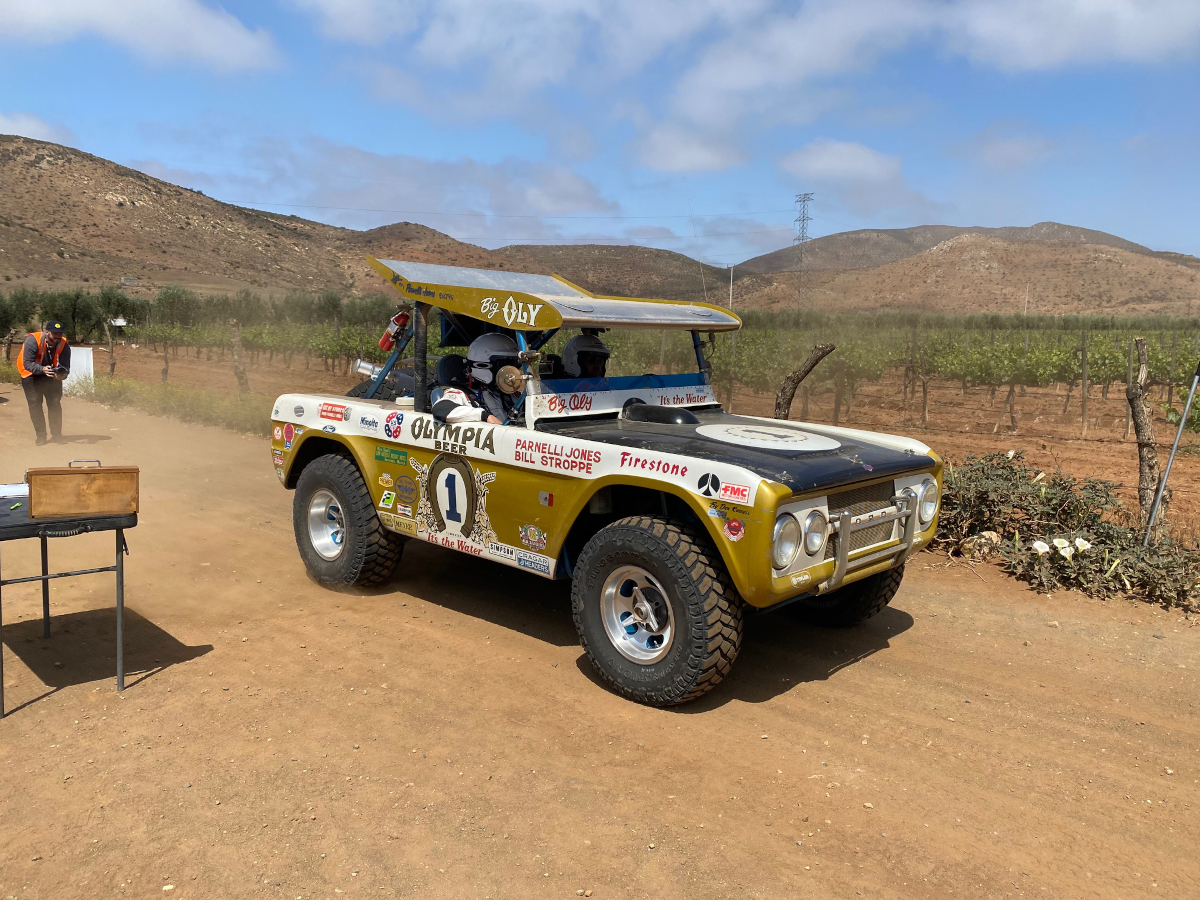
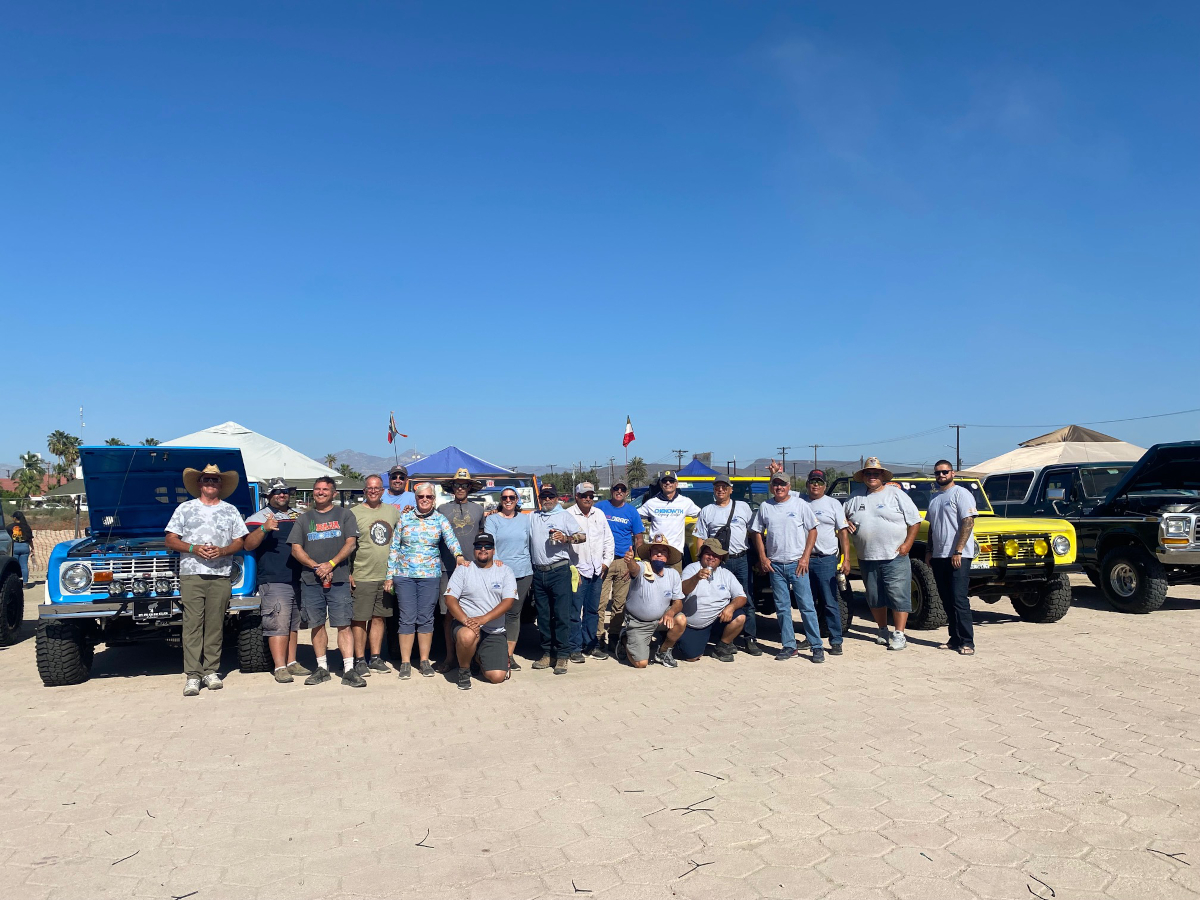
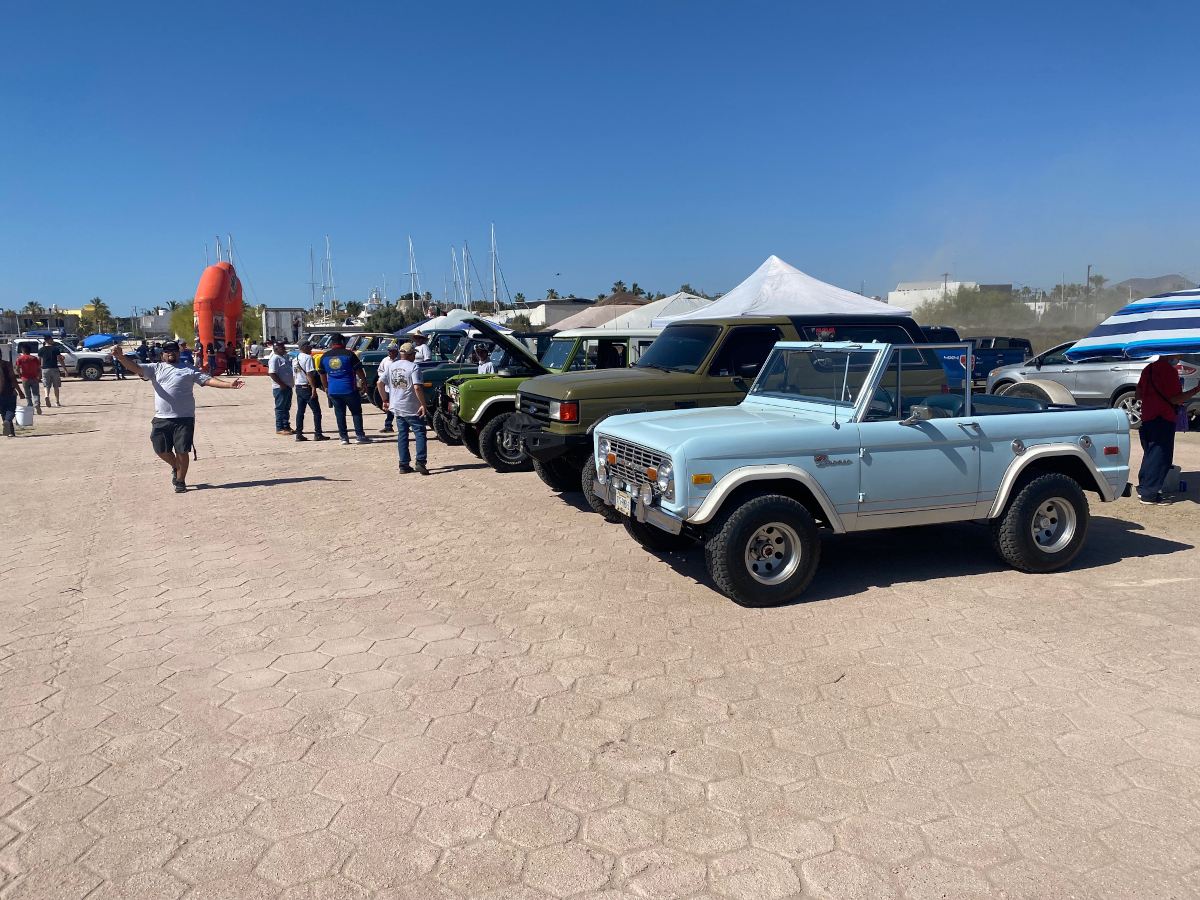
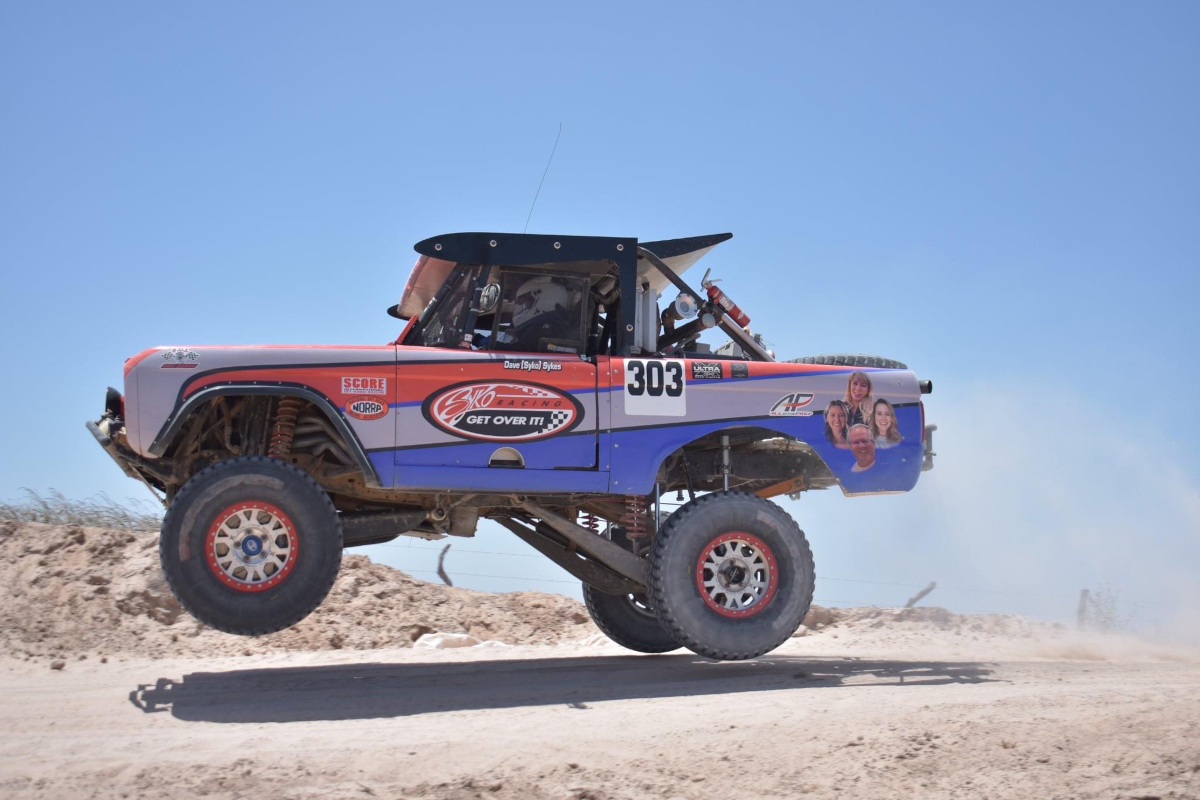
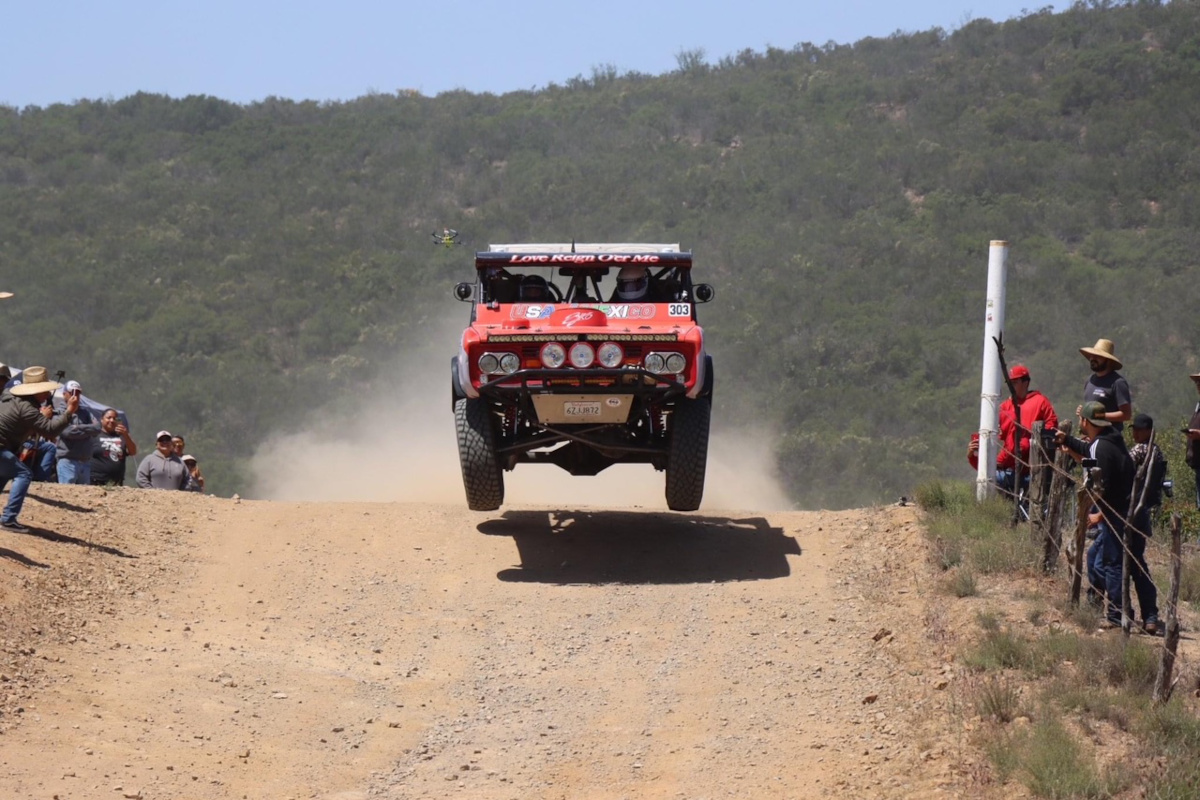
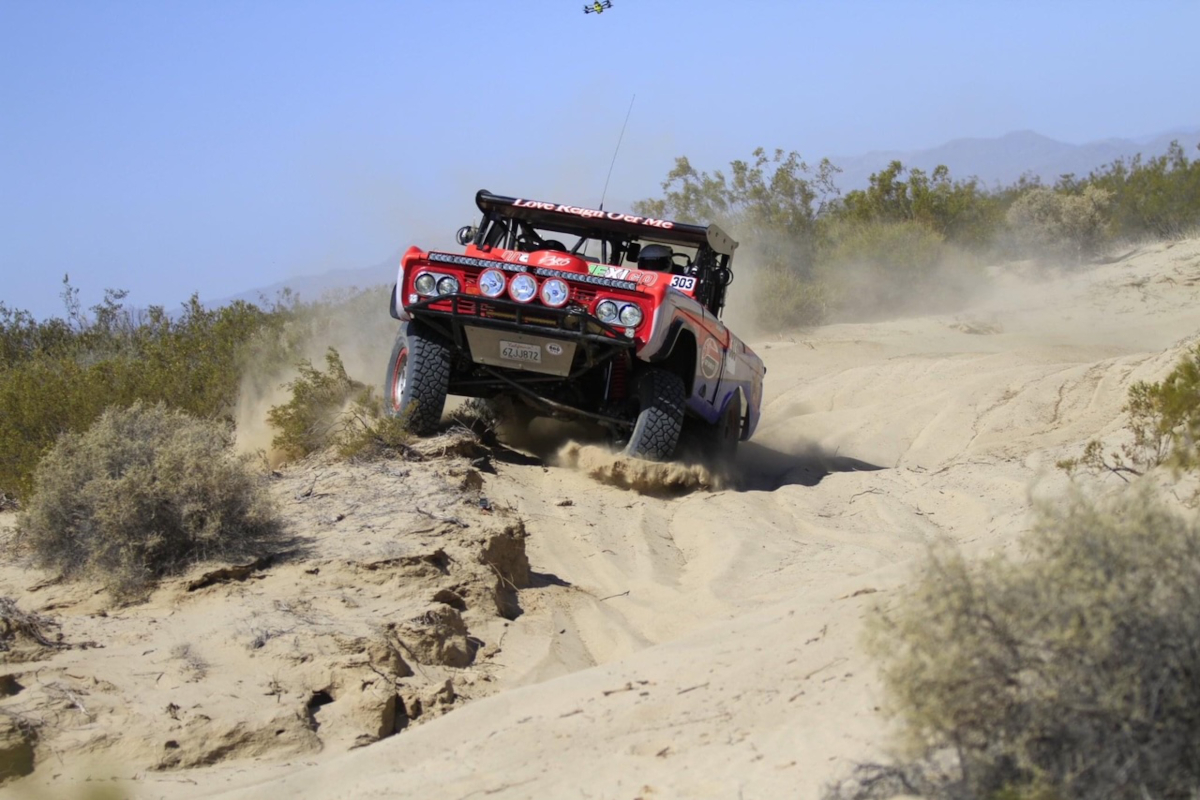
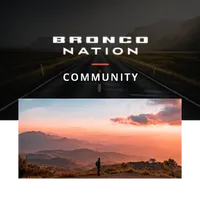
Comments
You must log in or register to post here.